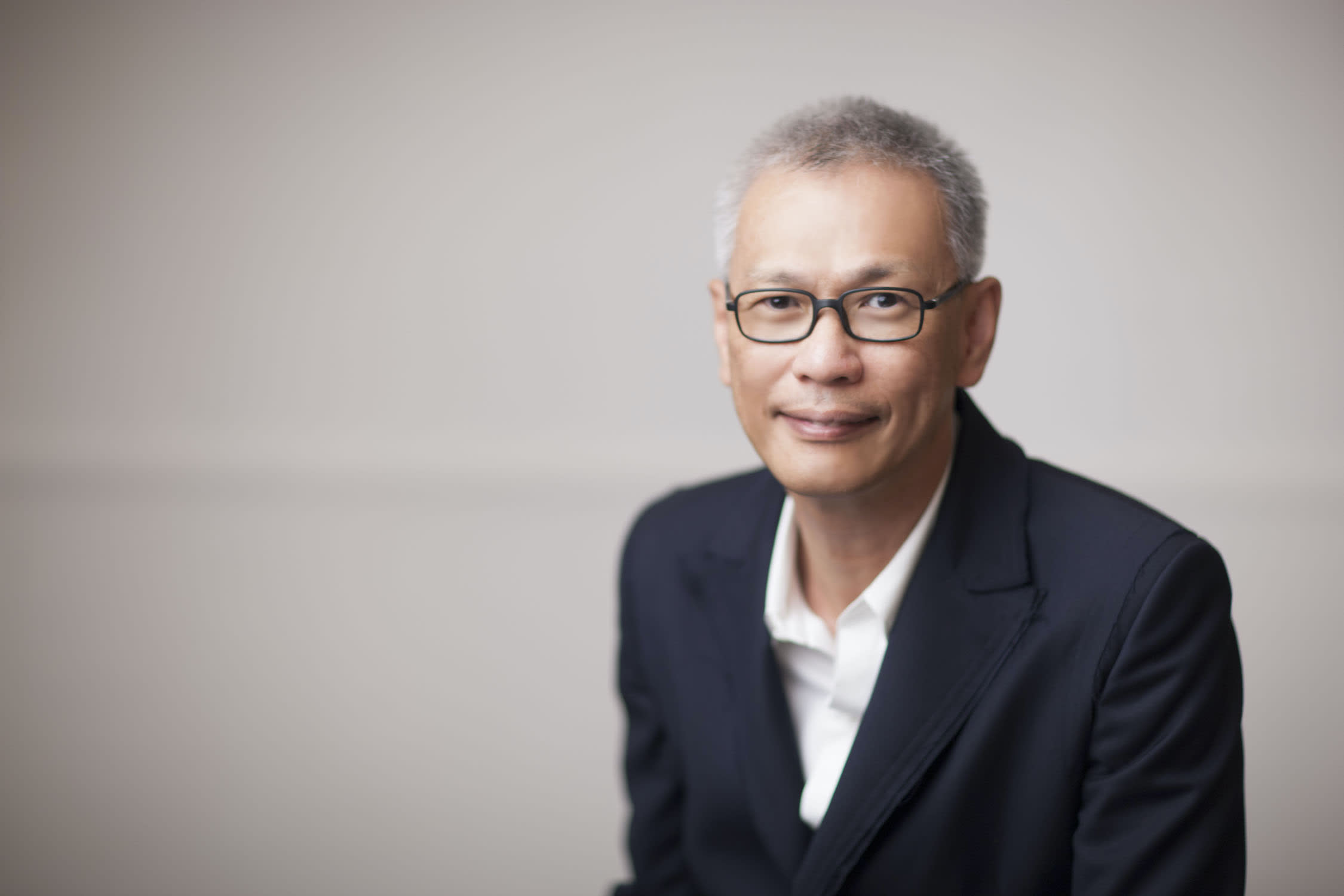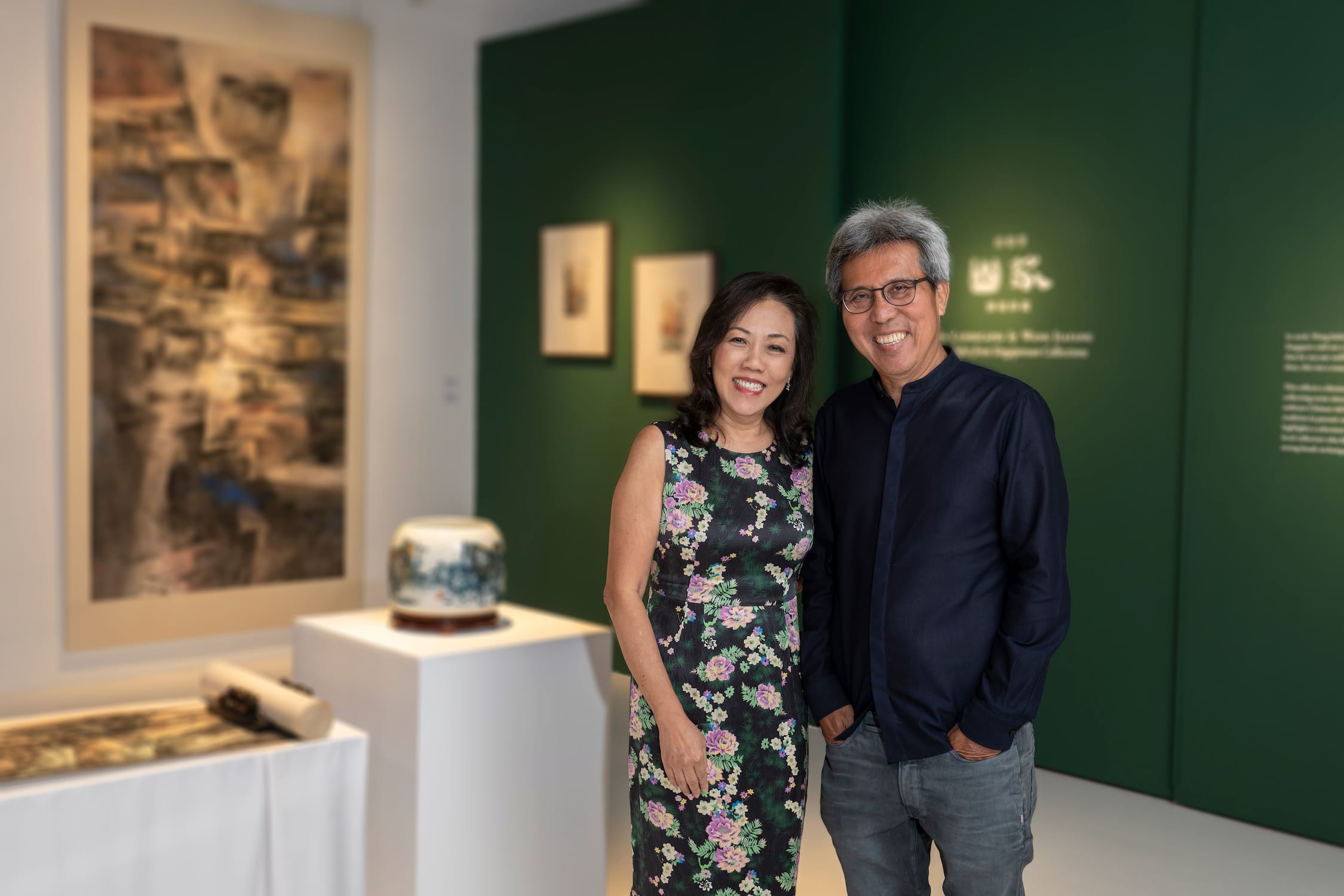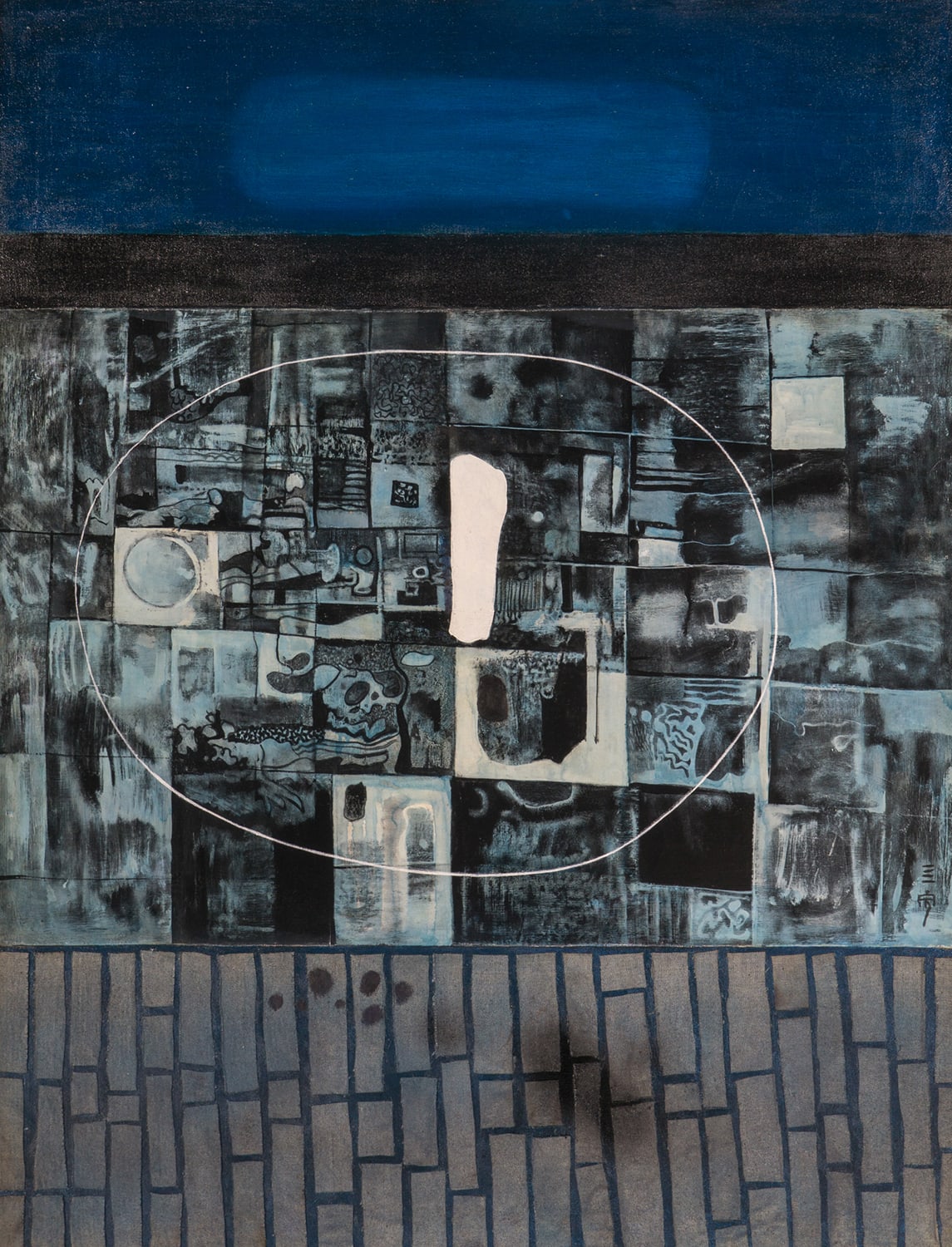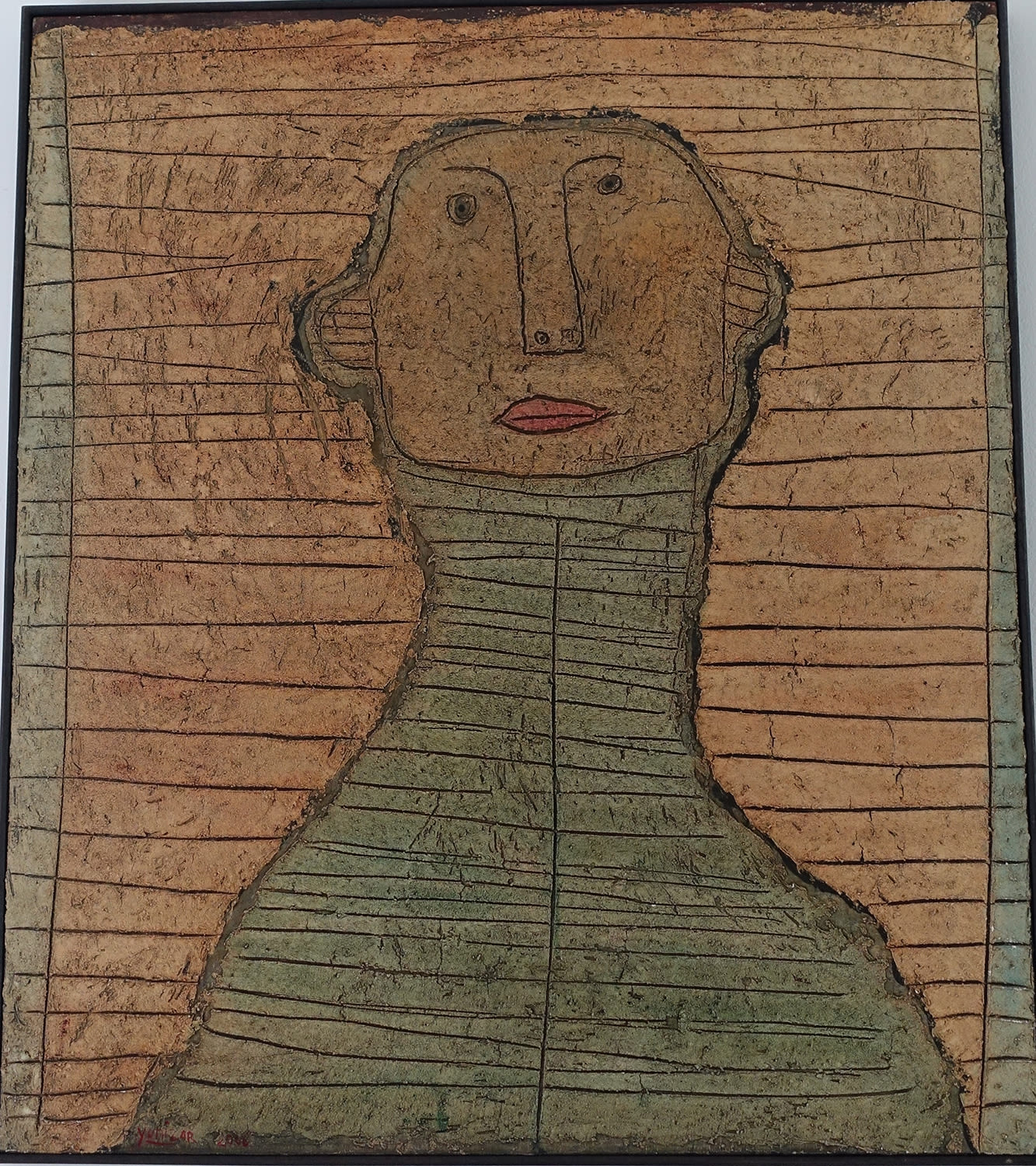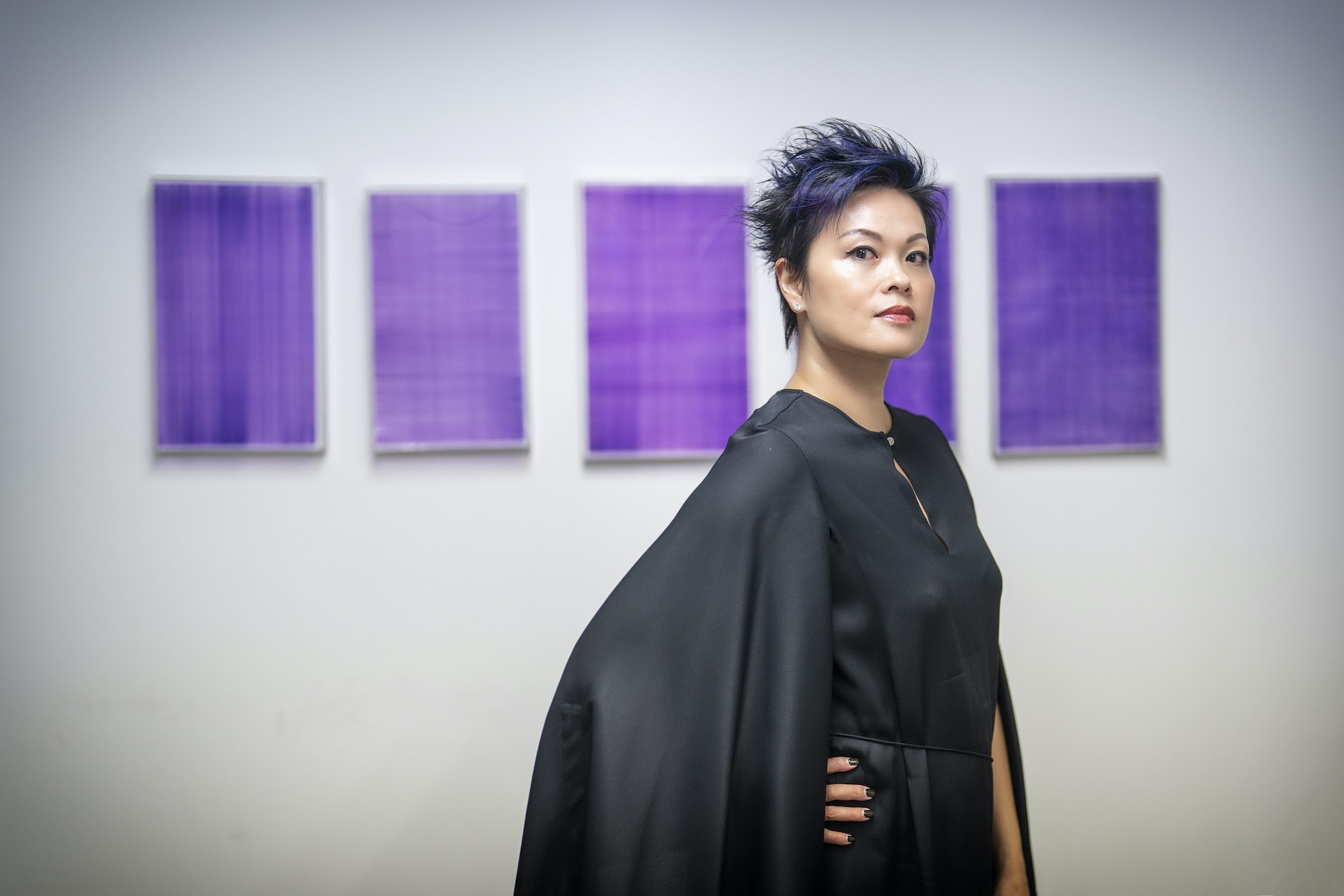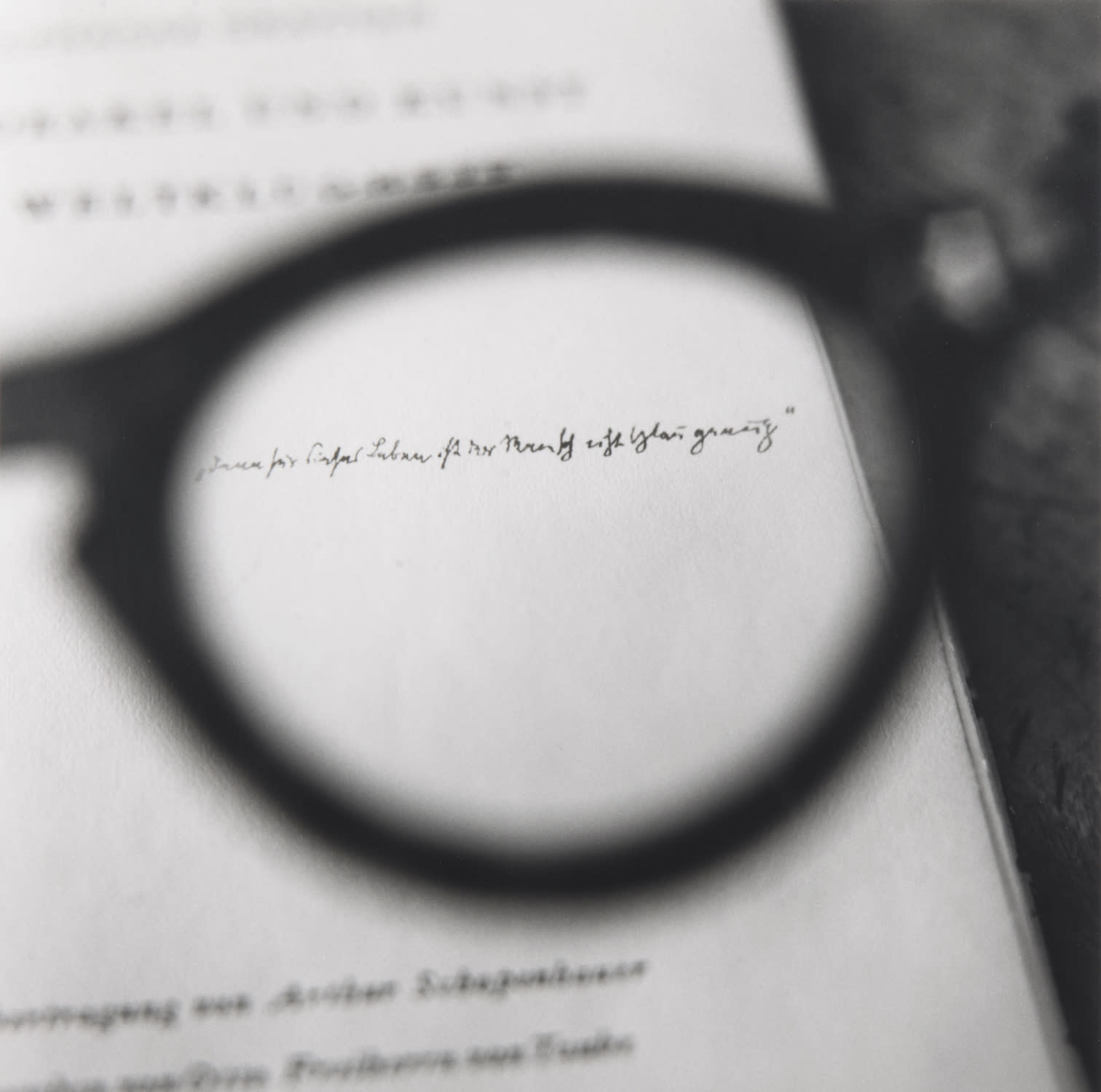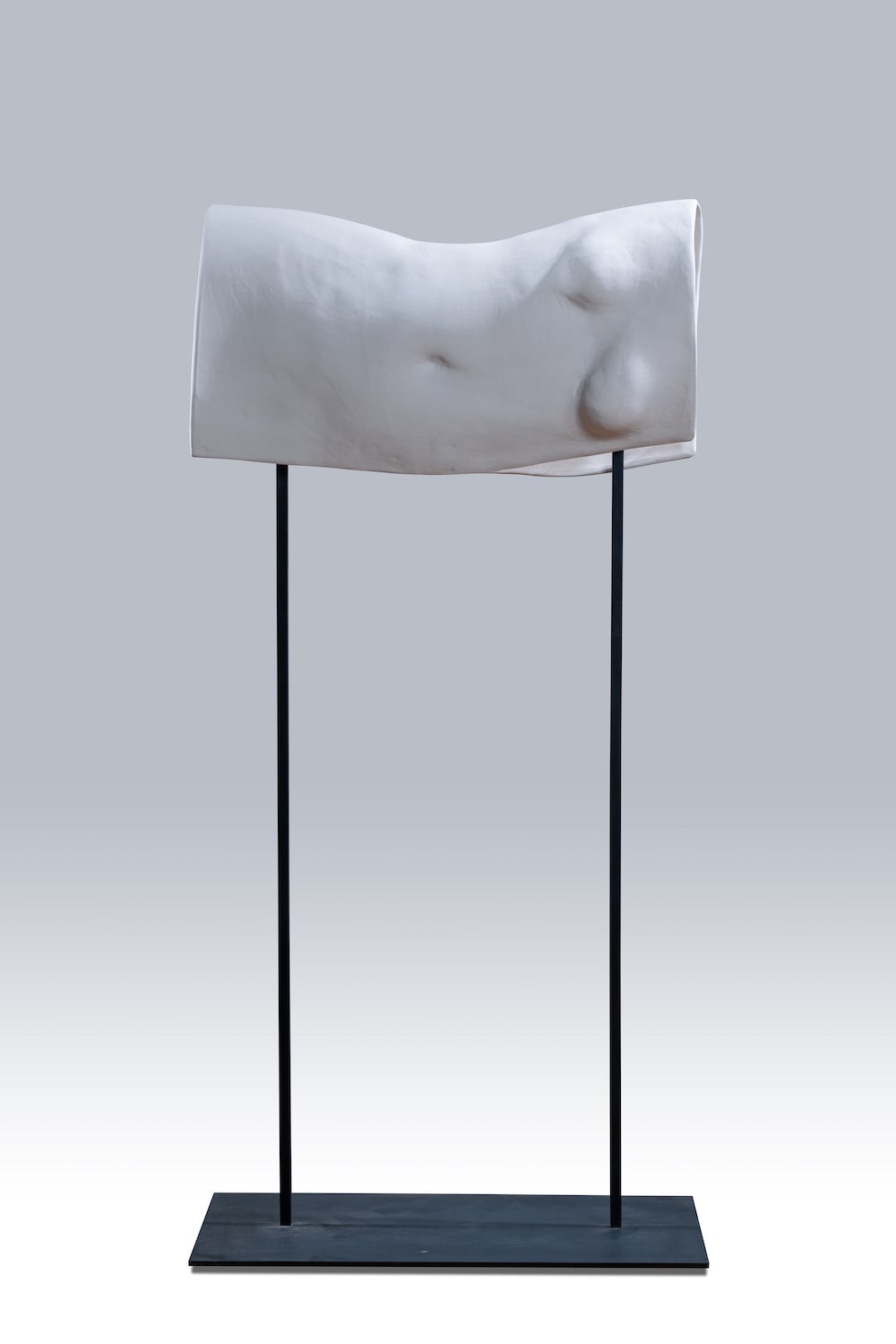When the Jakarta-based collector Wiyu Wahono was living in Berlin in the 1980s he was surprised to come across a museum-show poster featuring an artist called Teguh Ostenrik. ‘I thought, “Wow, it sounds like he’s Indonesian.” I wasn’t an art lover then, but it stuck in my mind that there was a successful artist from my country showing in Germany,’ Wahono says. Nearly 20 years later, when he moved back to Jakarta, he sought out Ostenrik and made his first acquisition: a moody painting of a man donning a mask. Fast forward to present day and he is still buying Ostenrik’s work.
One of Indonesia’s most progressive art patrons, Wahono is among the growing number of collectors making their mark across Southeast Asia, where buyers have built extensive private collections championing artists from their own countries, the broader region, and farther afield. ‘The development of Southeast Asian art has been very strong in the past five years,’ says Emi Eu, Project Director of S.E.A. Focus, a boutique, fair-like platform launched in Singapore in 2019. ‘As the art infrastructure across the region has improved, institutions are showing what regional artists are doing and that’s propelling collectors to see and buy more.’ Eu gives the example of the National Gallery Singapore, which was refurbished in 2015, the Singapore Art Museum, which opened a new warehouse space earlier this year, and Hong Kong’s M+ museum, which opened in 2021. The arrival of art fairs and the growing network of contemporary art galleries in the past decade have also played a role in energizing the Southeast Asian collector base.
When Eu arrived in Singapore 20 years ago, the art scene was nothing like it is today. ‘There were a handful of people collecting back then,’ she recalls. ‘It was very much a low-radar kind of activity.’ As the city’s art ecosystem has evolved, the number of collectors has grown and their interests have broadened. Take, for example, the Singaporean couple Linda Neo and Albert Lim, who started causally buying Western artists and Renaissance works during their travels in the early 2000s. The couple later gravitated toward Chinese ink painting and began purchasing pieces by 20th-century Singaporean masters such as Cheong Soo Pieng, a pioneer of the Nanyang style of painting, unique to the region, in which artists merge traditional Chinese ink painting techniques with context-specific subject matter. Soon after, they began buying contemporary works by Indonesian and Filipino artists such as Norberto Roldan, who co-founded Green Papaya Art Projects, a renowned independent project space in the Philippines, with Donna Miranda in 2000.
By 2010, Neo and Lim had made a commitment to focus on works by Singaporean artists who had much less visibility at the time. ‘It was a lonely journey,’ Neo says. ‘But Singapore is a small country. If we don’t collect and support our own artists, how are we going to grow the art scene?’ The couple started purchasing works by contemporary artists who have since made their name on the Singapore scene, including the abstract painter Genevieve Chua and Jane Lee, known for her textured, sculptural paintings. Over time their collection has evolved to include installation works and digital pieces by the likes of Brandon Tay and Chok Si Xuan. Today, Neo and Lim have their own art space in Singapore, Primz Gallery, where they share their burgeoning collection with the public, and they have loaned works to institutions including the Singapore Art Museum and the Art Gallery of New South Wales in Sydney.
Because of Southeast Asia’s incredible diversity, Neo and Lim always feel there is more to discover. The Singaporean couple Mr. and Mrs. Gouw share a similar sentiment. ‘Knowing and understanding the artists is important for us,’ says Mr. Gouw, who believes that collectors have a responsibility to support artists from the region. The pair, who have a rule that whatever they buy must be hung in their house at least once, describe their approach as research-oriented. They began collecting works by Malaysian artists in 2010, when they were based in Kuala Lumpur, then gradually started to buy pieces by Indonesian artists such as Yunizar, who co-founded the art group Kelompok Seni Rupa Jendela in the mid-1990s after graduating from the Indonesia Institute of the Arts in Yogyakarta, creating a vital space for artistic experimentation that veered away from the sociopolitical themes dominating the Reformation era. Another was Heri Dono, a pioneer of contemporary Indonesian art whose work was included in ‘Cities on the Move’, Hans Ulrich Obrist and Hou Hanru’s seminal turn-of-the-century traveling show that celebrated contemporary art practices in Asia. Like many of their peers, the Gouws started with paintings before slowly opening up to different media, later acquiring works by established and emerging Singaporean artists including Han Sai Por, Tang Da Wu, Lavender Chang, and Alvin Ong.
Other collectors are less focused on regional narratives or framings, such as the Singapore-based Hong Konger Ida Ng, Chief Executive Officer of Art Move at Helu-Trans Group, a leading art logistics company in Asia. Ng has been in Singapore since the 1990s and has always been drawn to abstract, photographic pieces and works on paper by both emerging and established artists. Among the first pieces she acquired were abstract ink and wash works by the second-generation Singaporean artist Henri Chen Kezhan. Since then she has collected pieces by the likes of the Malaysian artist Yee I-Lann and Filipino artist Gregory Halil, and more recently has added names from beyond the region to her collection, such as the Japanese photographer Tomoko Yoneda and American sculptor Elizabeth Jaeger.
Looking back on how collecting practices have changed in Singapore, Ng says she noticed that in the late 2000s, when its collector base began to grow, many buyers were influenced by record prices being fetched at auction and started buying for investment purposes. More broadly, Ng has also noticed a marked difference between the Southeast Asian collecting base and their peers overseas. ‘Generally speaking, collectors in Hong Kong, or even China, are more adventurous in their approach,’ she says, ‘while the majority of the Southeast Asian collectors have remained quite conservative.’ While Eu admits that investment-driven buyers continue to enter the market, she is seeing changes: ‘Southeast Asian buyers and collectors are really curious. They want to see what’s out there and learn more. I think that’s a good sign.’
In recent years an increasing number of Southeast Asian patrons, established and emerging, have become bolder and more experimental in their choices. Wahono, for instance, no longer limits himself to buying from the region and has become known for focusing on digital and technology-based artwork that reflects the zeitgeist. Recently he acquired work from the ‘Stranger Visions’ series (2012-13) by the American artist and biohacker Heather Dewey Hagborg, for which she made 3D-printed portraits based on DNA analysis of rubbish found on the streets of New York. Within Indonesia, he also recently commissioned Ostenrik to create an ecologically driven installation that rests on the seabed off the coast of north Bali. Equipped with special technology, the ornate, tunnel-like metal construction uses special technology to encourage coral growth.
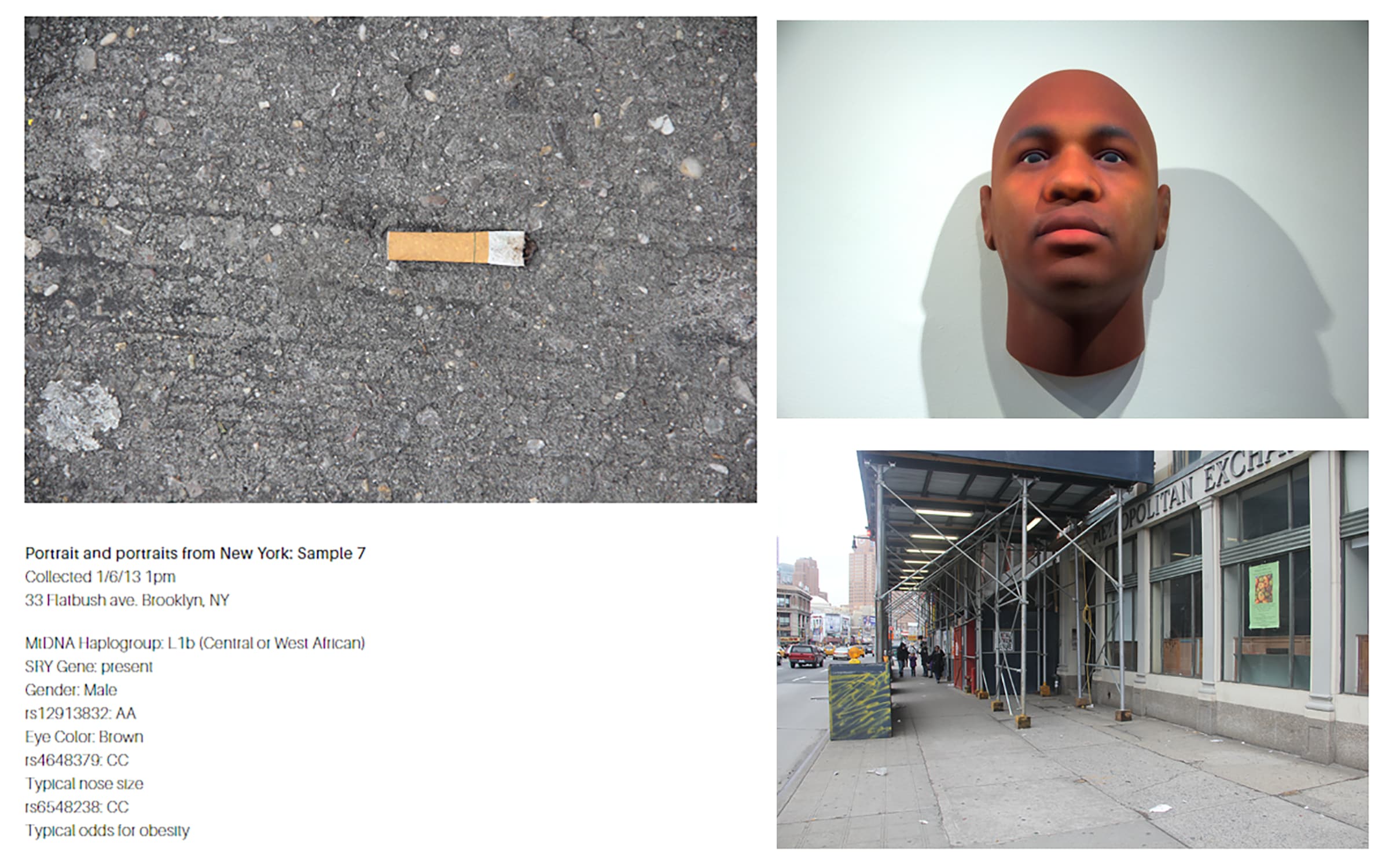
Since Wahono bought his first painting more than 20 years ago, he has become both a patron and a mentor in the Indonesian art community, and continues to be hopeful about the region’s future. ‘Southeast Asia has a very young culture of collecting,’ he points out, and during the past three years he has noticed a new generation who are prepared to do the research and invest in practices across the region. ‘People continue to both collect and appreciate art,’ he says with admiration. ‘It’s a fascinating phenomenon.’
Captions for full-bleed images: 1. Gregory Halili, Crux II (detail), 2020. 2. Teguh Ostenrik, Domus Anguillae, 2022. 3. Alvin Ong, Therme Vals (detail). 4. Yee I-Lann, Wherein one cultivates cultural codes, the noble endeavours of mankind and thereby put it in its place (detail), 2013.
